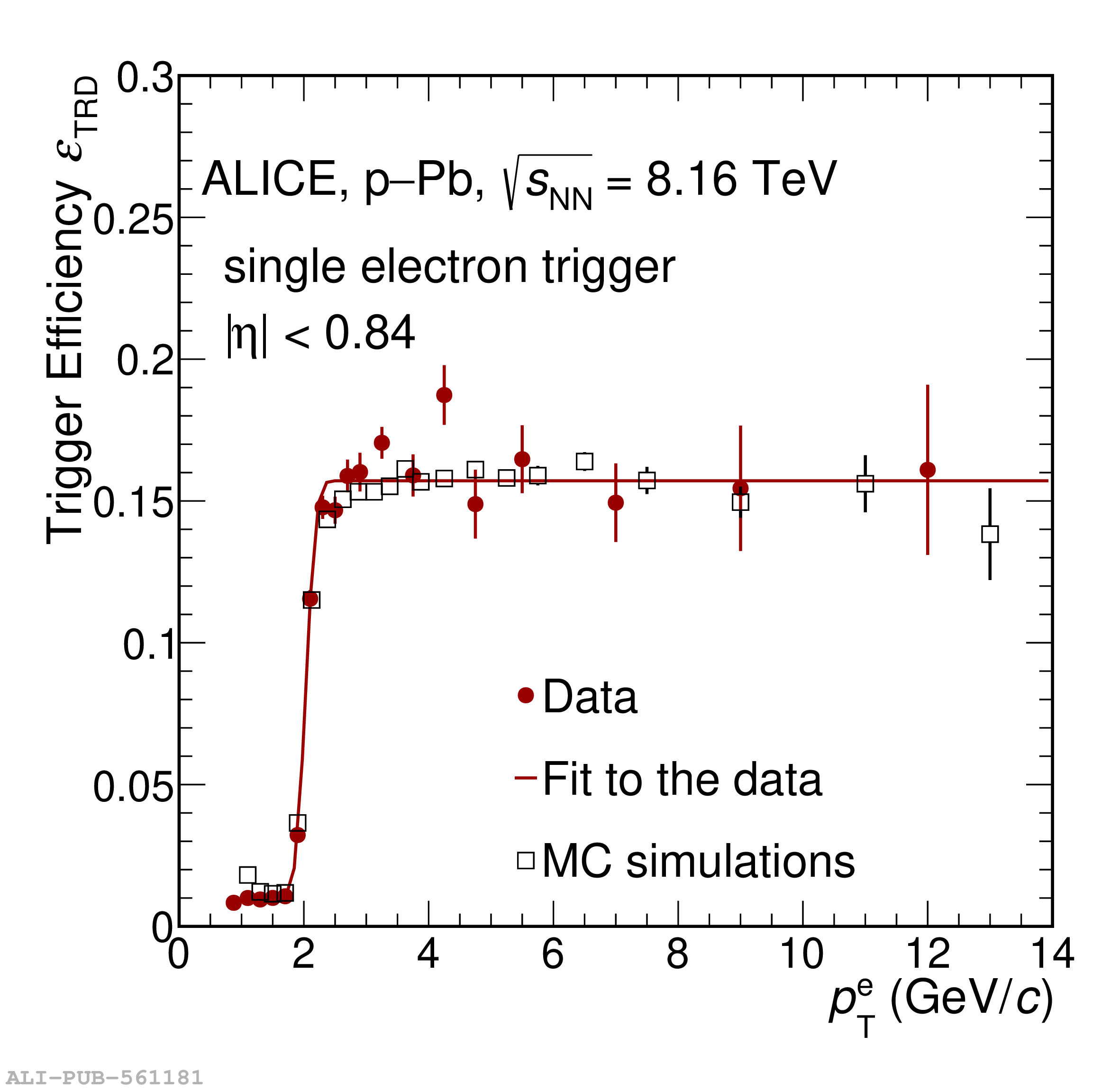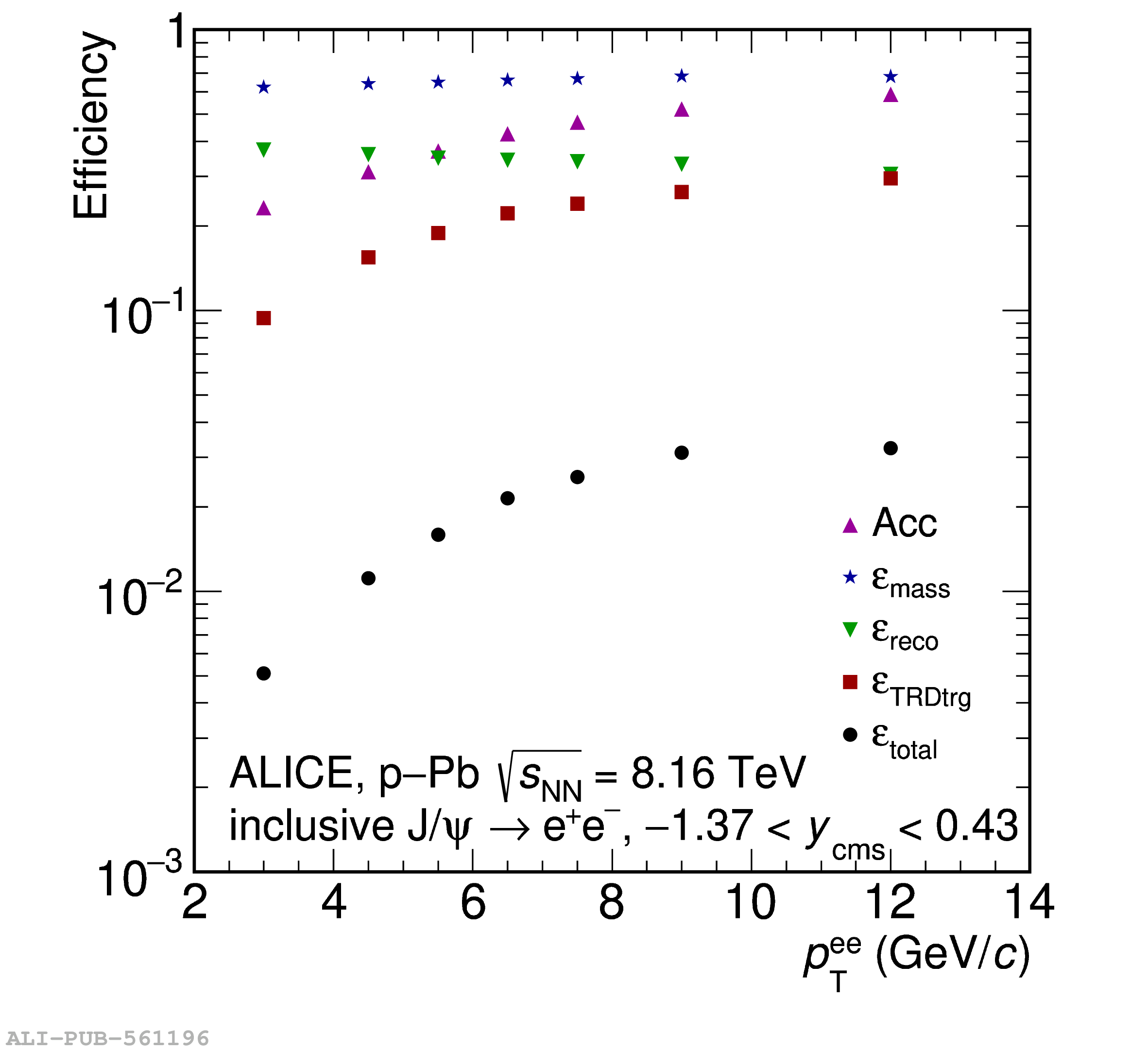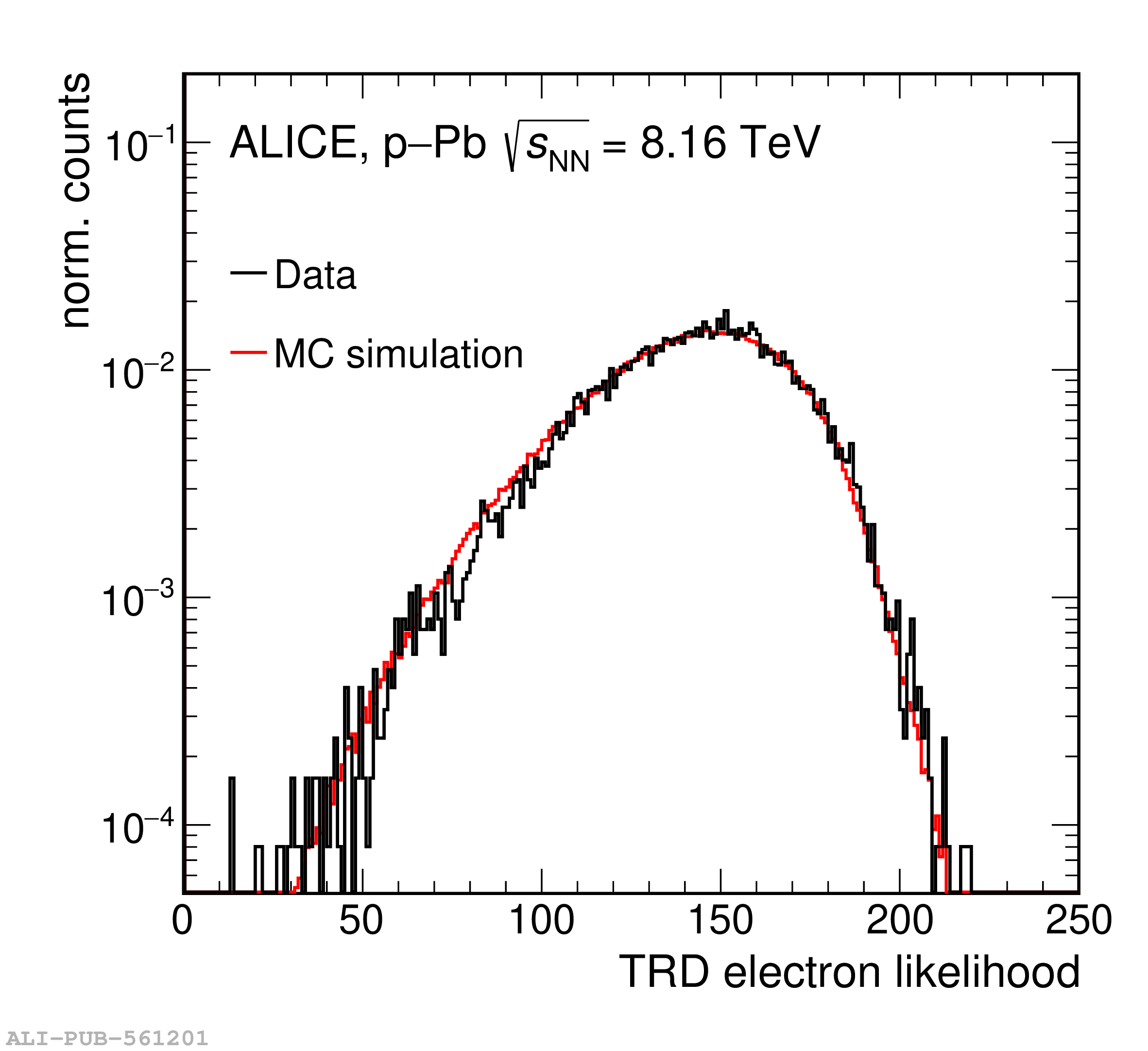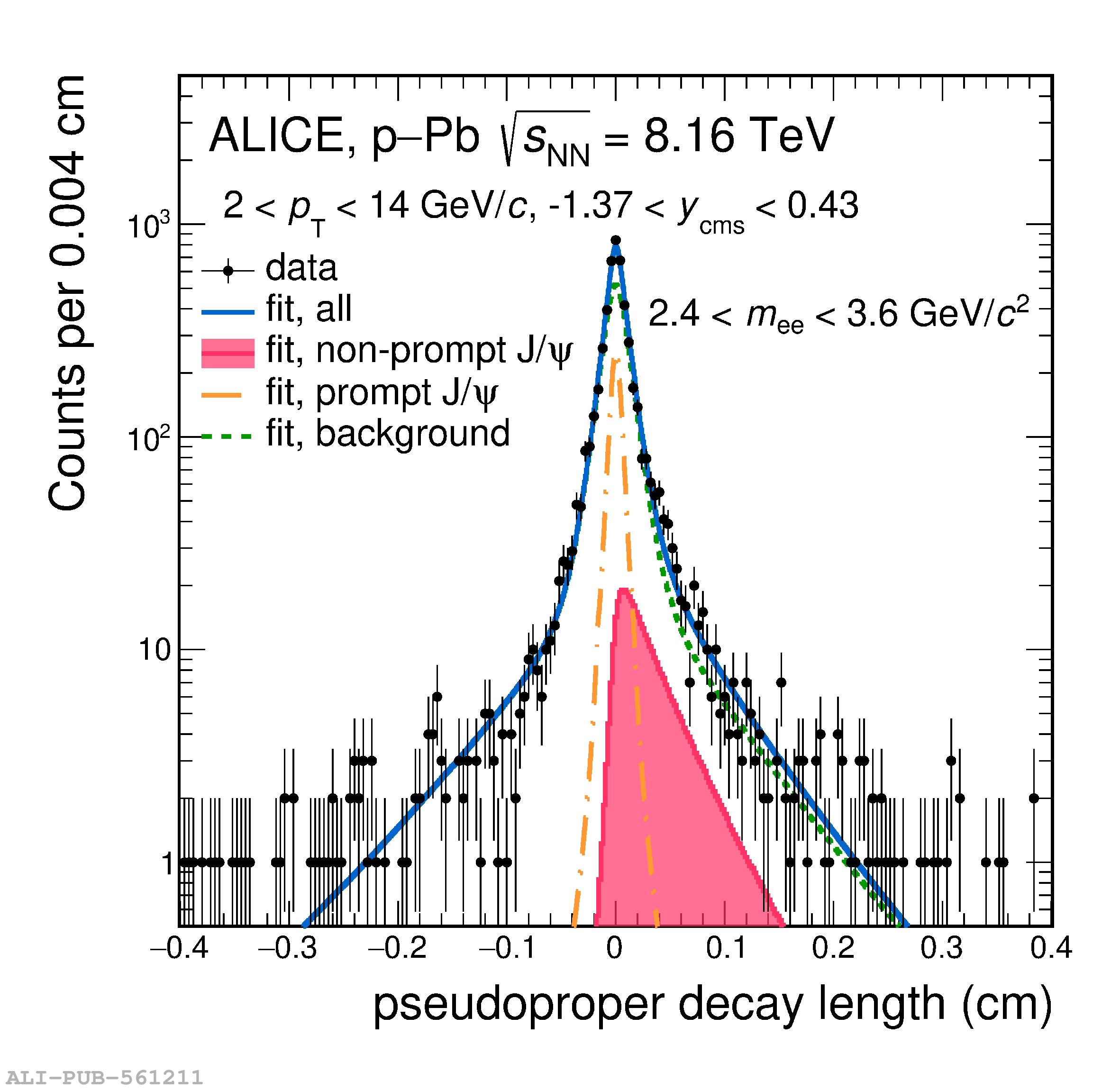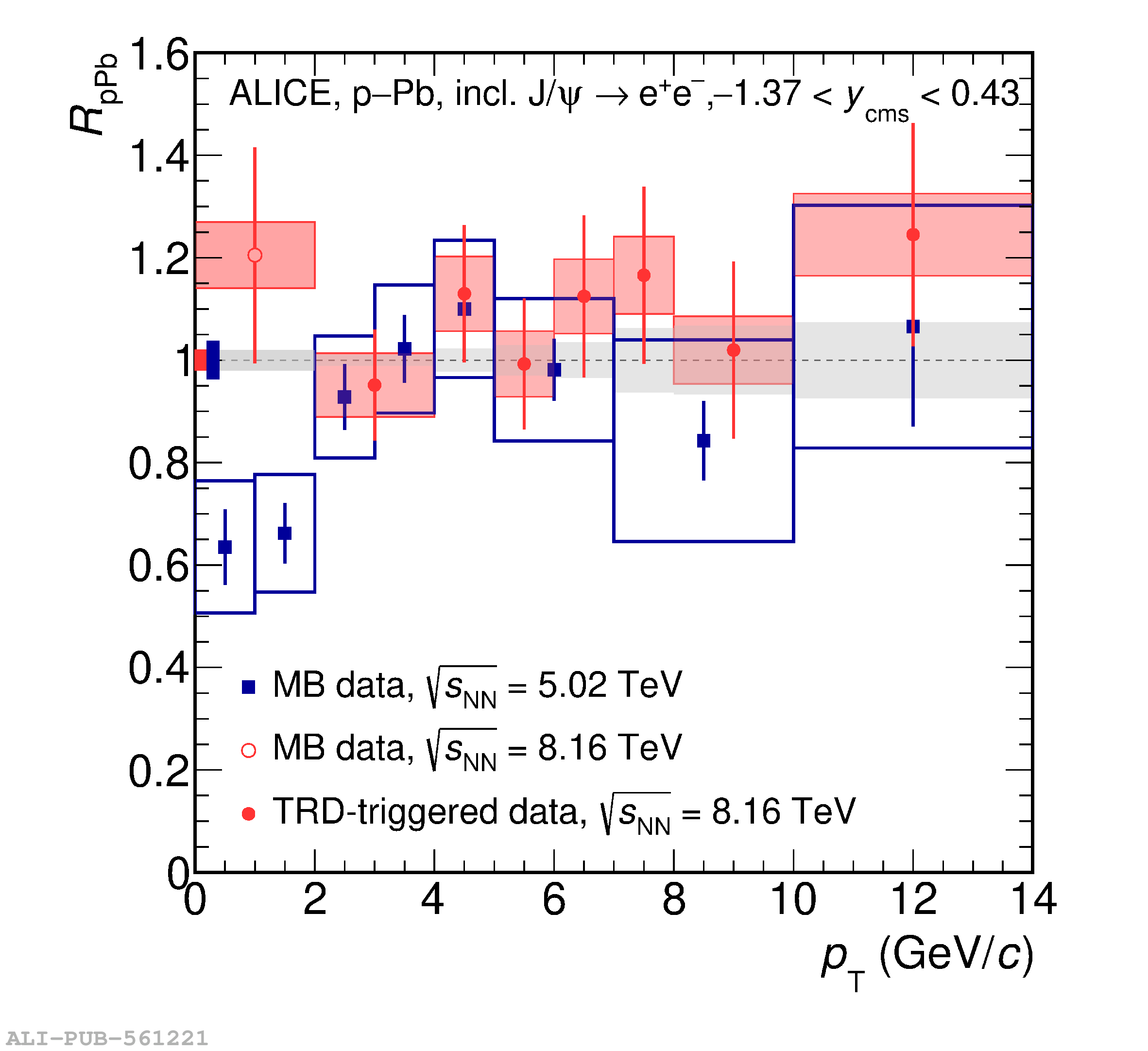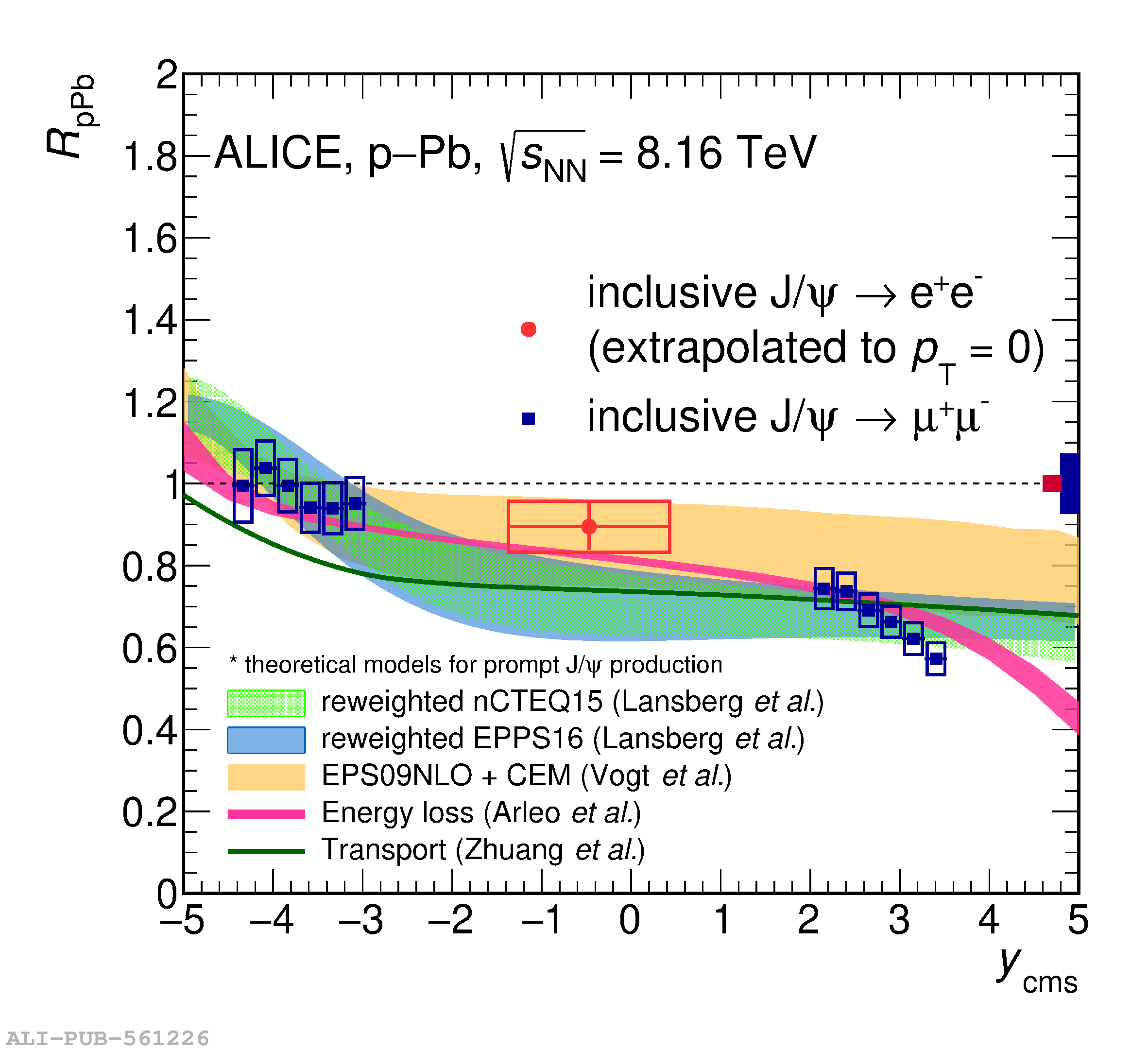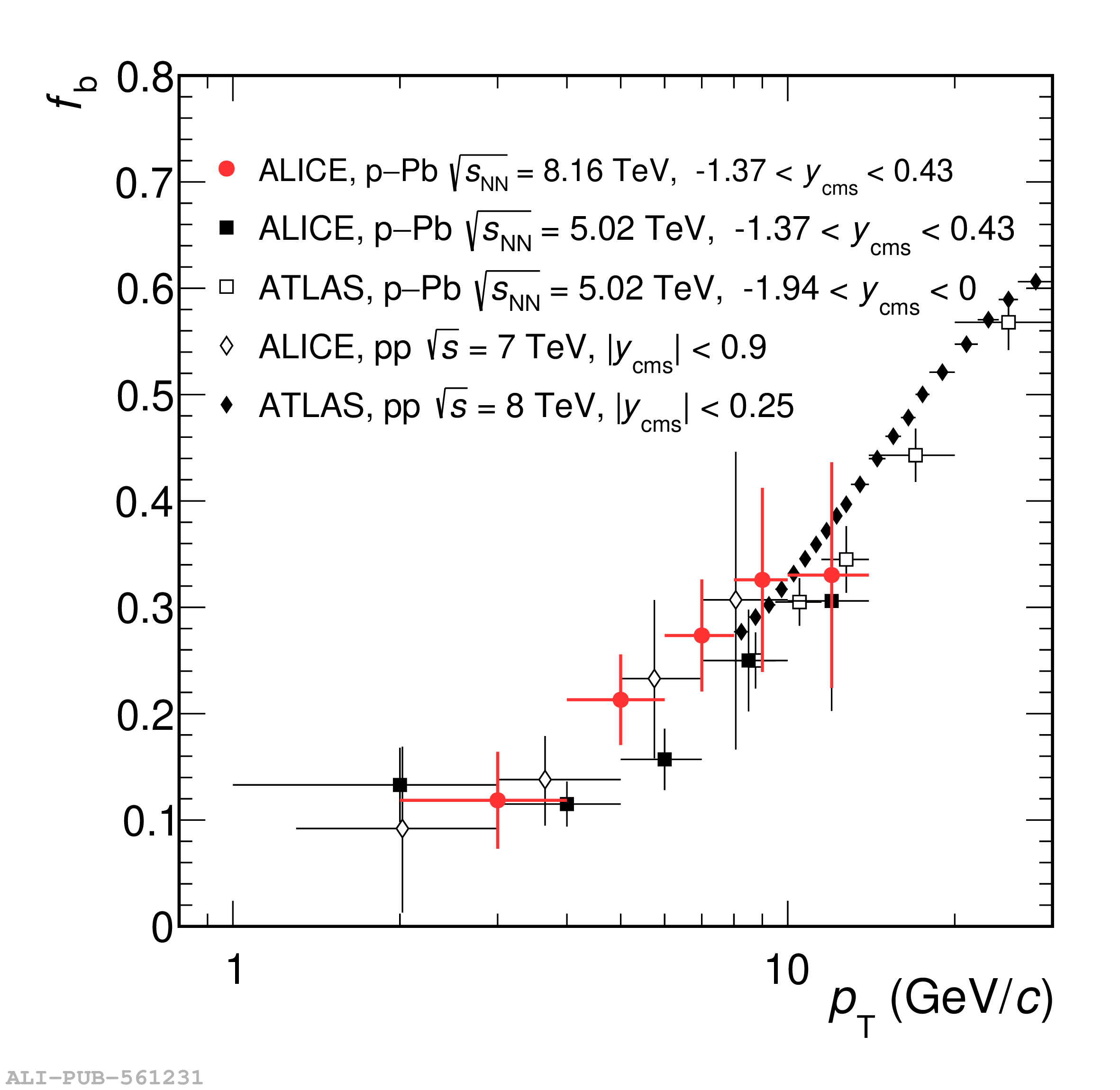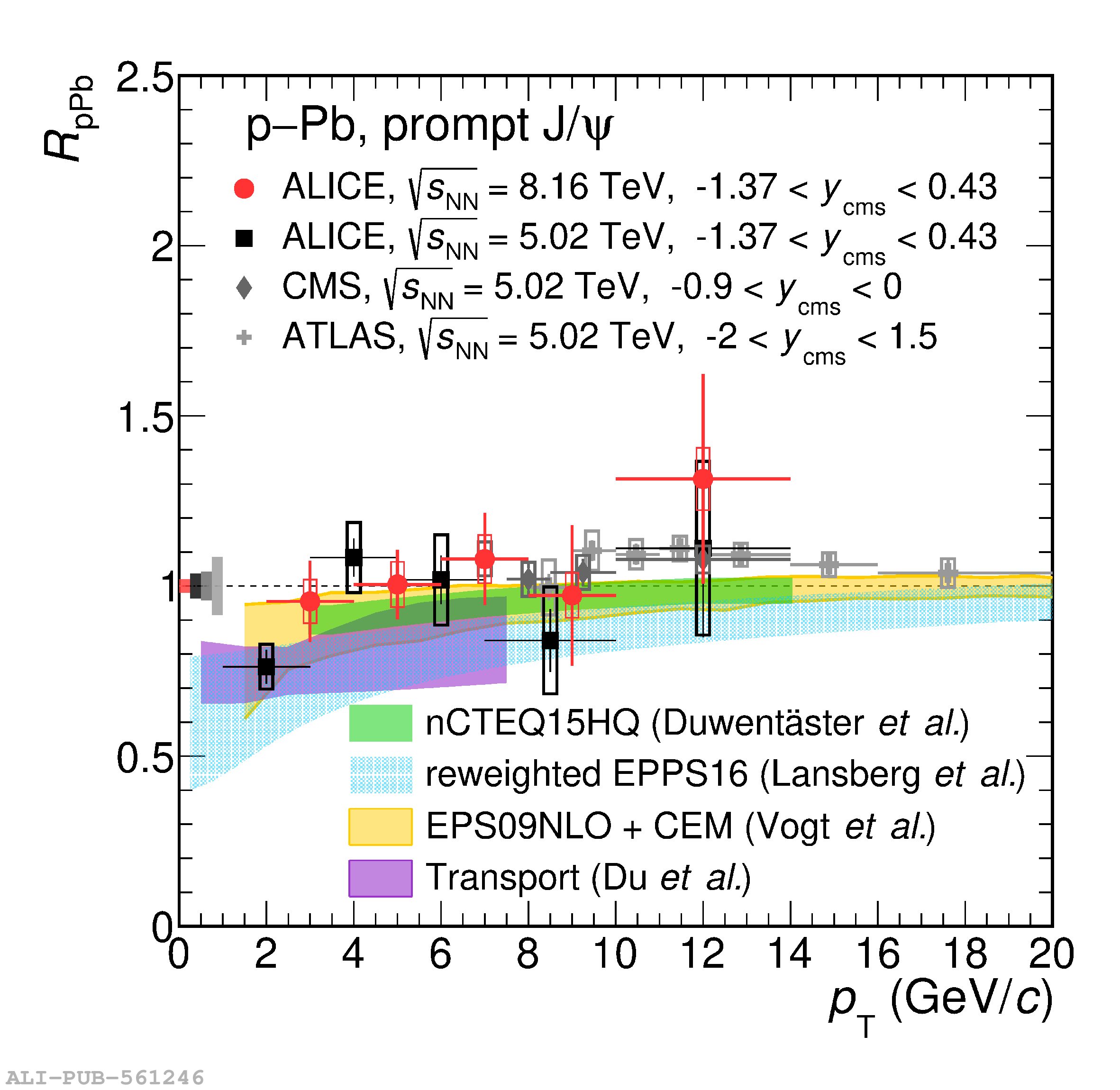The production of inclusive, prompt and non-prompt J/$\psi$ was studied for the first time at midrapidity ($ -1.37 <~ y_{\rm cms} <~ 0.43$) in p$-$Pb collisions at $\sqrt{s_{\rm NN}} = 8.16$ TeV with the ALICE detector at the LHC. The inclusive J/$\psi$ mesons were reconstructed in the dielectron decay channel in the transverse momentum ($p_{\rm T}$) interval $0 <~ p_{\rm T} <~ 14$ GeV/$c$ and the prompt and non-prompt contributions were separated on a statistical basis for $p_{\rm T} > 2$ GeV/$c$. The study of the J/$\psi$ mesons in the dielectron channel used for the first time in ALICE online single-electron triggers from the Transition Radiation Detector, providing a data sample corresponding to an integrated luminosity of $689 \pm 13 \mu{\rm b}^{-1}$. The proton$-$proton reference cross section for inclusive J/$\psi$ was obtained based on interpolations of measured data at different centre-of-mass energies and a universal function describing the $p_{\rm T}$-differential J/$\psi$ production cross sections. The $p_{\rm T}$-differential nuclear modification factors $R_{\rm pPb}$ of inclusive, prompt, and non-prompt J/$\psi$ are consistent with unity and described by theoretical models implementing only nuclear shadowing.
JHEP 07 (2023) 137
HEP Data
e-Print: arXiv:2211.14153 | PDF | inSPIRE
CERN-EP-2022-256
Figure group

